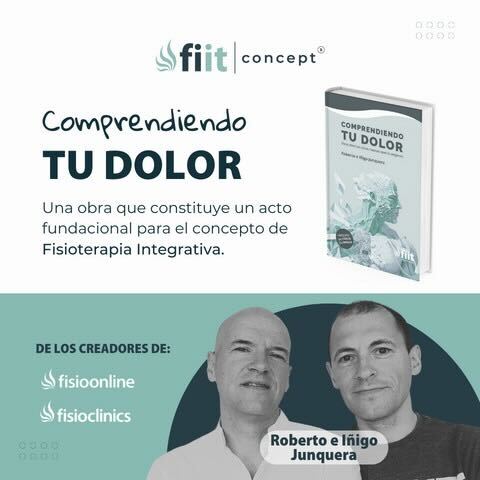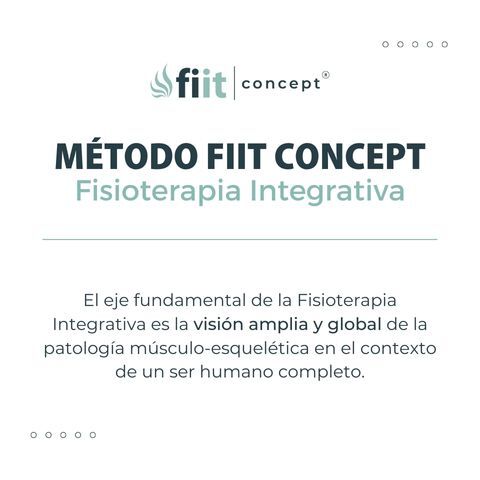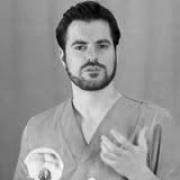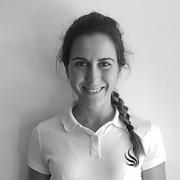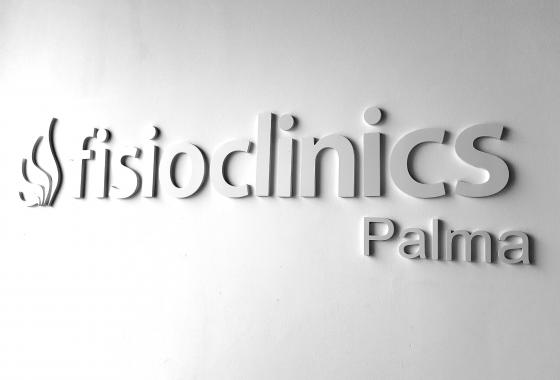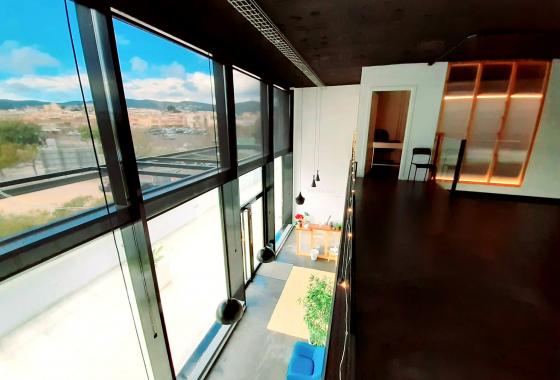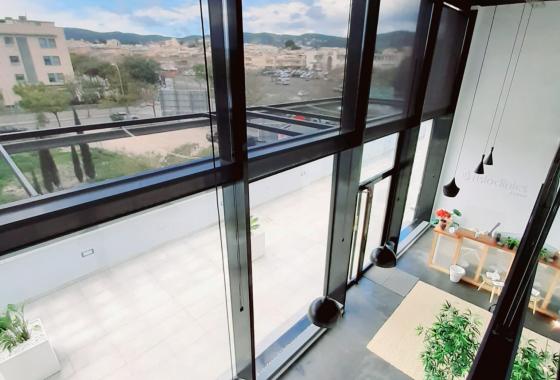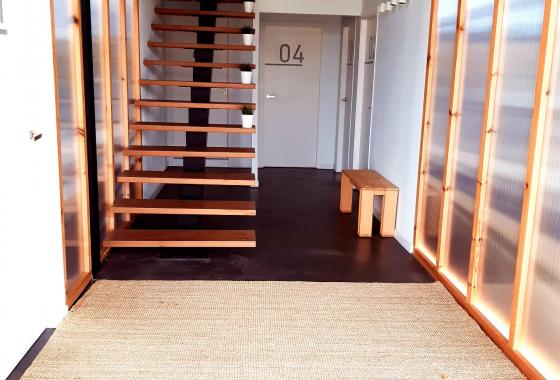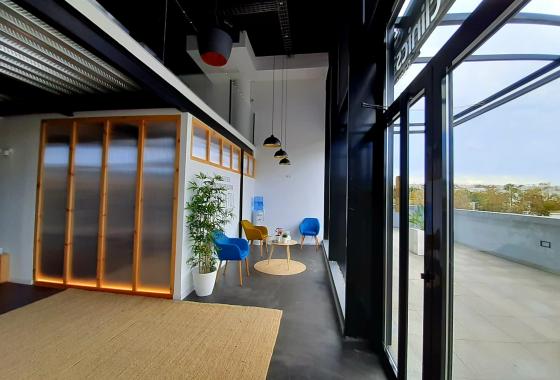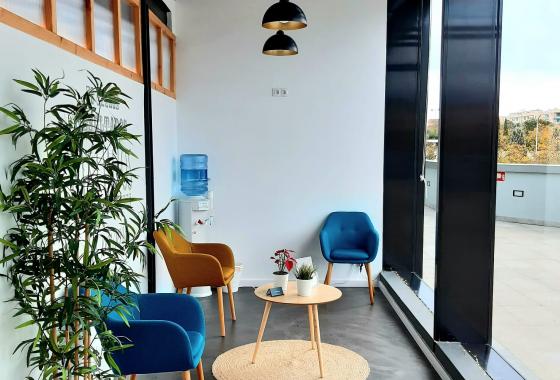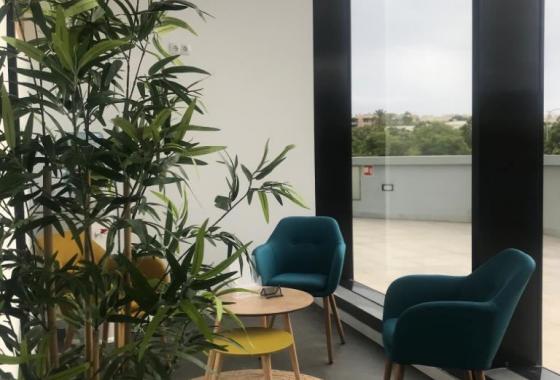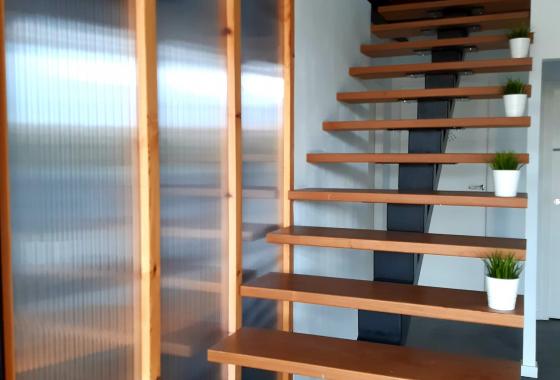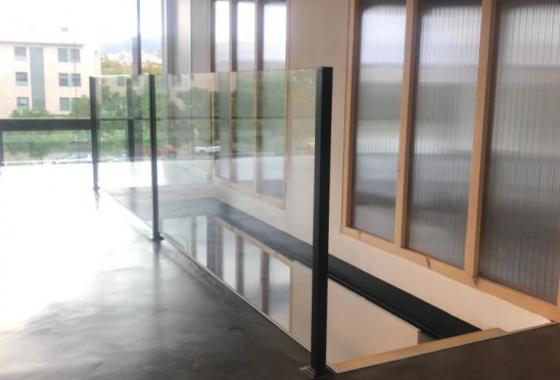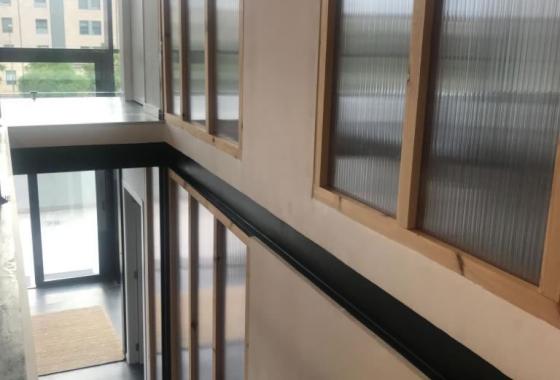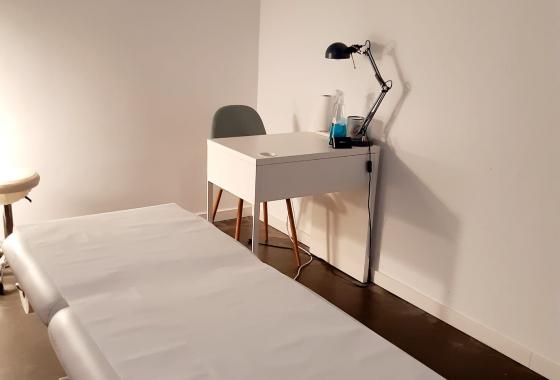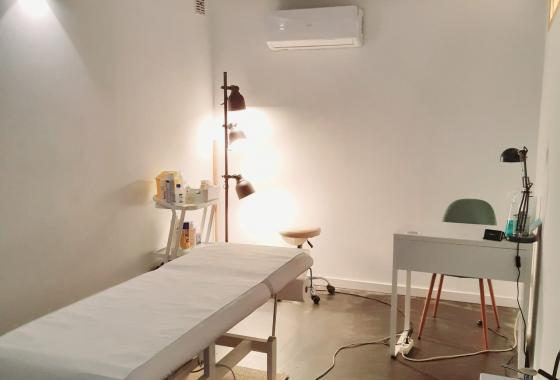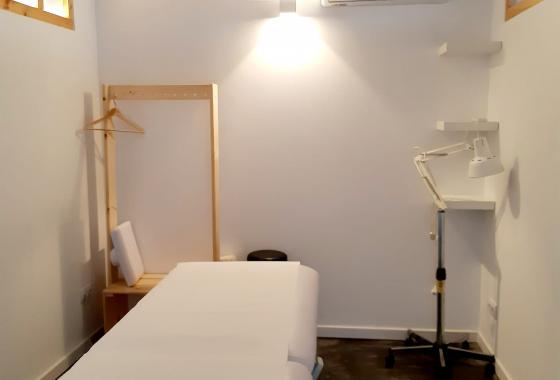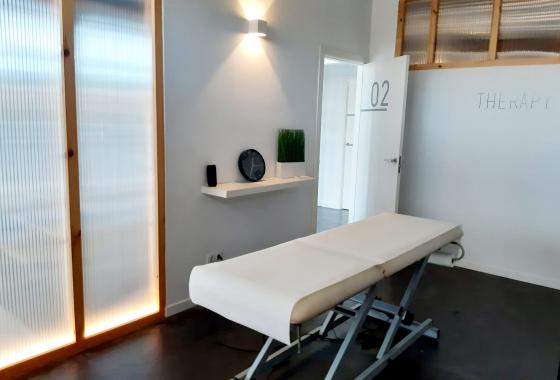The retention of secretions or fluids in any part of the body can result in progressive deterioration of health. In this situation, the postural drainage technique is very beneficial, known mainly for its use in respiratory conditions that cause accumulation of secretions such as cystic fibrosis and bronchiectasis, but at FisioClinics Palma we have professionals specialized not only in respiratory physiotherapy but also in lymphatic drainage. , so they can help you if you suffer from lymphatic conditions such as lymphedema. Get all the information you need about postural drainage below:
What is Postural Drainage?
Postural drainage is a widely used technique physiotherapeutic beginning of the century to encourage or loosening and removal of excess mucus expectoration, which is common in lungs affected by respiratory illness; This is achieved through the physical action of gravity, positioning and the degree of inclination, which means that by changing the posture of the body, various areas of the lung can be drained until the mucus is expectorated. is obstructing the airways.
Each position allows gravity to act to promote the displacement of excess secretion from different areas (lobes) of the lung from the segmental bronchial branches distal to the main bronchi, then to the trachea and towards the mouth to finally be eliminated or expectorated by coughing. The process of mobilization and elimination of secretions can be accelerated with the application of respiratory physiotherapy techniques such as vibration, percussion, the forced cough technique, among others.
It is important to note that postural drainage can be modified and implemented in other areas of the body under the same principle (gravity, positioning, and degree of inclination) that is implemented in respiratory postural drainage but focused on the elimination of fluids that are causing symptoms. such as pain and swelling in other parts of the body, such as legs, feet, arms, or hands, this means that this technique can be adapted by a qualified physiotherapist according to the needs of the patient.
What effects and benefits does Postural Drainage have on the body?
Postural drainage is notably known for the beneficial physiological effects that it causes on the respiratory system, some of the most notable are:
- This technique uses gravity to remove mucus from the lungs, so the first effect to highlight is the facilitation of mucociliary transport and the displacement of secretions through the action of gravity.
- They improve the ventilation/perfusion ratio (V / Q) of respiration, also improving the oxygenation process.
- Increased expiratory reserve volume and inspiratory capacity.
- Decreased work of breathing and marked improvement in respiratory health.
This technique applied to other parts of the body such as the arms or legs promotes the reduction of volume associated with fluid retention (as occurs in lymphedema), improving the health of these areas by normalizing blood flow, reducing pain associated with swelling, and by increasing the movement capacity of the affected area.
In which cases is Postural Drainage indicated?
Generally, the presence of an excess of fluids and secretions is associated with the development or establishment of pathology, as we emphasized previously, postural drainage is an effective therapeutic technique for the elimination of such substances, which is why it is usually indicated in health conditions such as:
- Bronchiectasis, are abnormal and irreversible dilations of the bronchi associated with infectious processes.
- Cystic fibrosis, a genetic pathology that is characterized by causing the excessive accumulation of thick mucus.
- COPD (chronic obstructive pulmonary disease), is one of the best known respiratory diseases, characterized by permanently restricting respiratory function, hindering the ability to eliminate pulmonary secretions.
- Lung abscess is an infectious lung disease that causes the presence of fluid or pus in the lower respiratory tract.
Current scientific information reflects that this technique has been used in patients infected with the current coronavirus (also known as COVID-19) who are under mechanical ventilation since this technique can improve lung mechanics and promote adequate gas exchange, which results in an improvement in the oxygenation of patients with coronavirus or COVID - 19. It is also indicated in the early rehabilitation phase of patients who are in the process of recovery from the coronavirus, since it improves the results in terms of recovery.
Since changing positions not only contributes to the elimination of secretions or fluids at the respiratory level, it is also used for the control and improvement of conditions that develop in the extremities such as fluid retention in the legs or lymphedema.
In which case is Postural Drainage not indicated?
We have already mentioned some of the conditions in which this technique can be very beneficial, but to avoid the development of complications in the short or long term it is necessary to always take into account which are the cases in which the application of this technique should be avoided:
- It should be avoided in infants or children with abdominal distension since in these the main muscle of respiration the diaphragm has a mechanical disadvantage.
- Patients with a history of gastroesophageal reflux, since the change of position, can worsen the reflux and encourage aspiration.
- Children with elevated cranial pressure (greater than 20 mm Hg) and in premature infants, since there is a risk of intraventricular hemorrhage.
- Hypertension or uncontrolled hypotension.
- Unstabilized head or neck injury
- Acute hemorrhage with hemodynamic instability.
- Acute spinal injury or recent spinal surgery.
- Unstable pneumothorax.
- Active hemoptysis.
How is postural drainage performed at FisioClinics Palma?
In a first session, one of our physiotherapists will exhaustively assess the area affected by fluid retention and secretions, to establish a diagnosis that allows the physiotherapist to correctly dose postural drainage, within a treatment plan. Therapeutic appropriate to the individual needs and symptoms of the patient.
Once the most appropriate treatment plan has been established, the physiotherapist will indicate in detail the postural drainage positions and the degree of inclination according to the position of the lung area to be drained, and then proceed to implement them, always taking into account the clinical conditions of the patient. Both the amount of time that the patient must remain in this position and the frequency of the sessions will depend on the clinical manifestations and the results obtained throughout the initial assessment and throughout the application of the technique.
To achieve the best results in terms of the physical rehabilitation of the affected patient, our physiotherapists are constantly conducting updates and academic training that allow us to provide the most appropriate dosage of postural drainage based on scientific evidence. Given that experience shows that obtaining better results in rehabilitation is possible through the integration of therapeutic actions in the office and at home, the physiotherapist will also provide some therapeutic indications that the patient should perform at home.
The effects of postural drainage can be enhanced with other techniques that we offer in our Lymphatics services. If you suffer from any condition that is compromising the functioning of your lymphatic or respiratory system, do not hesitate to contact us. Schedule your appointment now at FisioClinics Palma.
 Physiotheraphy
Physiotheraphy Osteopathy
Osteopathy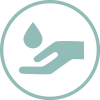 Massage
Massage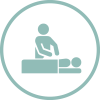 Lymphatic
Lymphatic Group classes
Group classes Home
Home Baby
Baby


